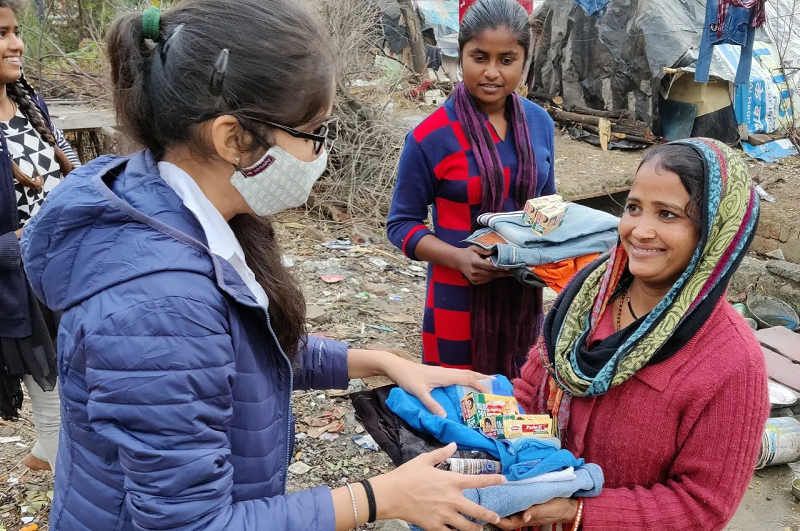The year 2023 is now in its last stages. In terms of health, this entire year was full of many challenges. Even though the World Health Organization (WHO) has excluded the coronavirus epidemic that has been going on for more than three years from the list of 'Global Health Emergency' this year, new variants of this infectious disease have been reported in many countries of the world throughout the year. Kept being done. The number of patients in hospitals and cases of patients in serious condition due to new variants has also been recorded in many countries including UK-US.

Along with Corona, many other infectious diseases troubled people a lot this year. Now, when we are going to say goodbye to this year in a few days and enter the new year 2024, it is important to take a quick look at those diseases of the year 2023 that remained a cause of problems for the entire world.
Let us enter the next year by learning from the mistakes made this time so that our health does not face any problems in the new year.
The threat of Corona has not reduced
The impact of the Corona epidemic that has been going on across the world since the end of 2019 will continue to be seen in the year 2023. Given the decreasing global threat of infection in the initial months of the year, WHO removed it from the list of 'Global Health Emergency' but the risk of Corona did not reduce at the ground level.
The World Health Organization declared the Coronavirus epidemic an international global emergency in January 2020.
This year, new sub-variants with many mutations were seen in the Omicron variant of Corona in many countries including India, which increased the infection from time to time in many countries. The number of patients in hospitals in countries like the US-UK remained a cause of concern for health experts till July-September.
Tomato fever cases seen in children
In many countries of the world including India, a disease called Tomato Fever also troubled people in the year 2023. Kerala has seen a rise in tomato fever cases during the monsoon season, with cases gradually increasing in many other states as well. Due to tomato fever, the biggest impact was seen on the health of children in which symptoms like fatigue and difficulty in breathing along with fever and small red tomato-like rashes were seen on the skin.
Human metapneumovirus (HMPV) cases
In the year 2023, along with Corona, cases of human metapneumovirus increased in many countries of the world. Human metapneumovirus (HMPV) also infects the respiratory tract in the same way as corona, although unlike corona, this virus can cause infection in both the upper and lower respiratory tract. Experts suggest that infants and the elderly, who have weakened immune systems, are at greater risk of serious illness from metapneumovirus. Its symptoms are usually similar to those of normal flu, hence people remain quite confused about this infection.

According to media reports, cases of infection due to HMPV had increased rapidly in many parts of America in May and June of the year 2023. In March, about 11 percent of PCR and 20 percent of antigen test reports for human metapneumovirus (hMPV) in the US were positive.
Pneumonia cases raise concern in China
The rapid increase in cases of pneumonia among children in China in the last months of the year raised concerns for experts. In November, the risk of a mysterious respiratory disease was seen increasing in many cities in China. According to media reports, the number of patients in emergency departments of hospitals complaining of pneumonia and respiratory infections increased. The highest risk of this disease is seen in children. Given the increasing danger, the WHO showed seriousness and advised to continue efforts for the prevention of infectious diseases.
Given the increasing risks, health experts said that the cases of this disease increased due to the onset of the winter season in China and this is the first winter after the epidemic when there were no restrictions of any kind. Due to lockdown and other restrictions, there was a protective shield against infectious diseases, which is now breaking.
(PC: iStock)










